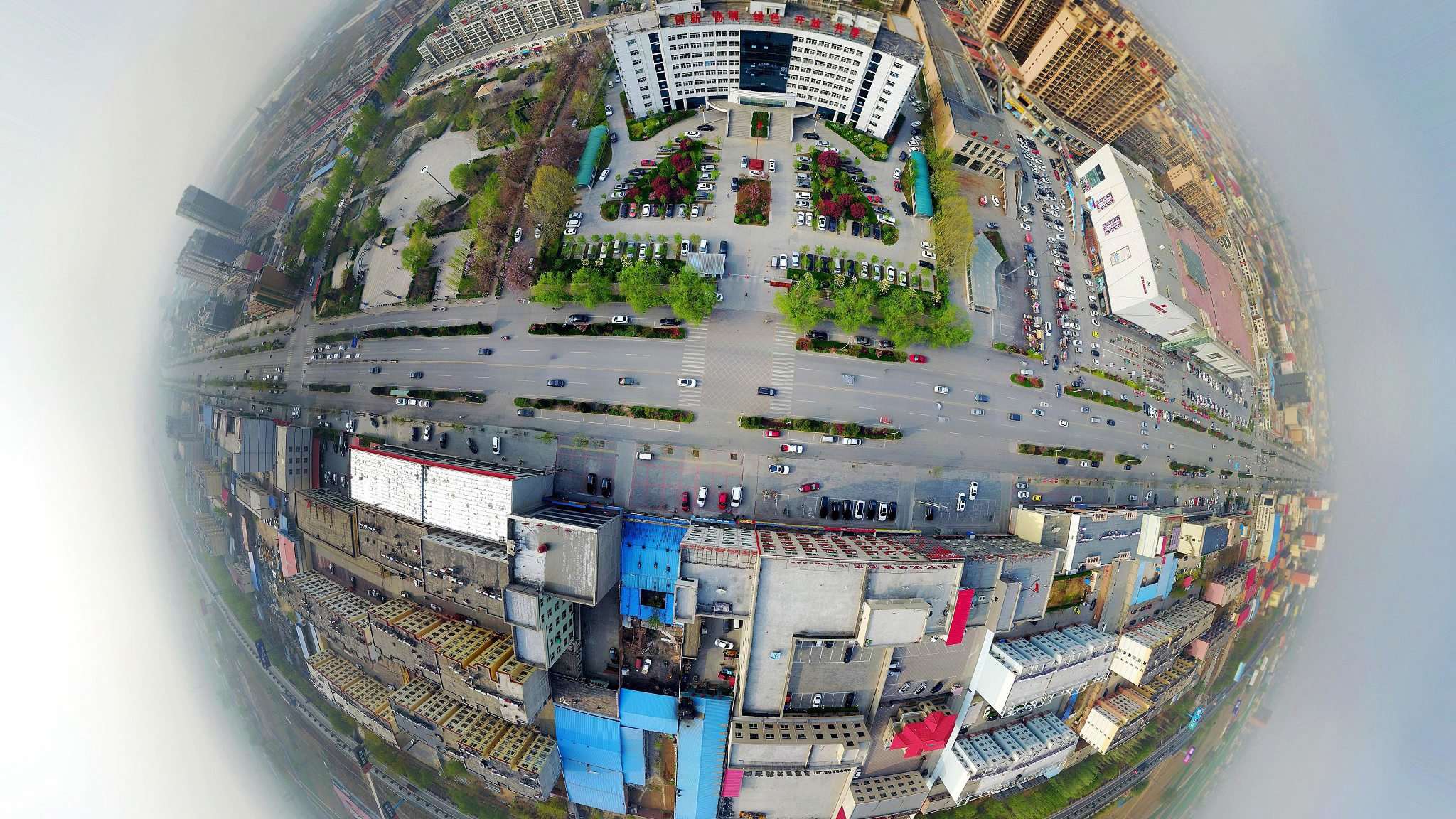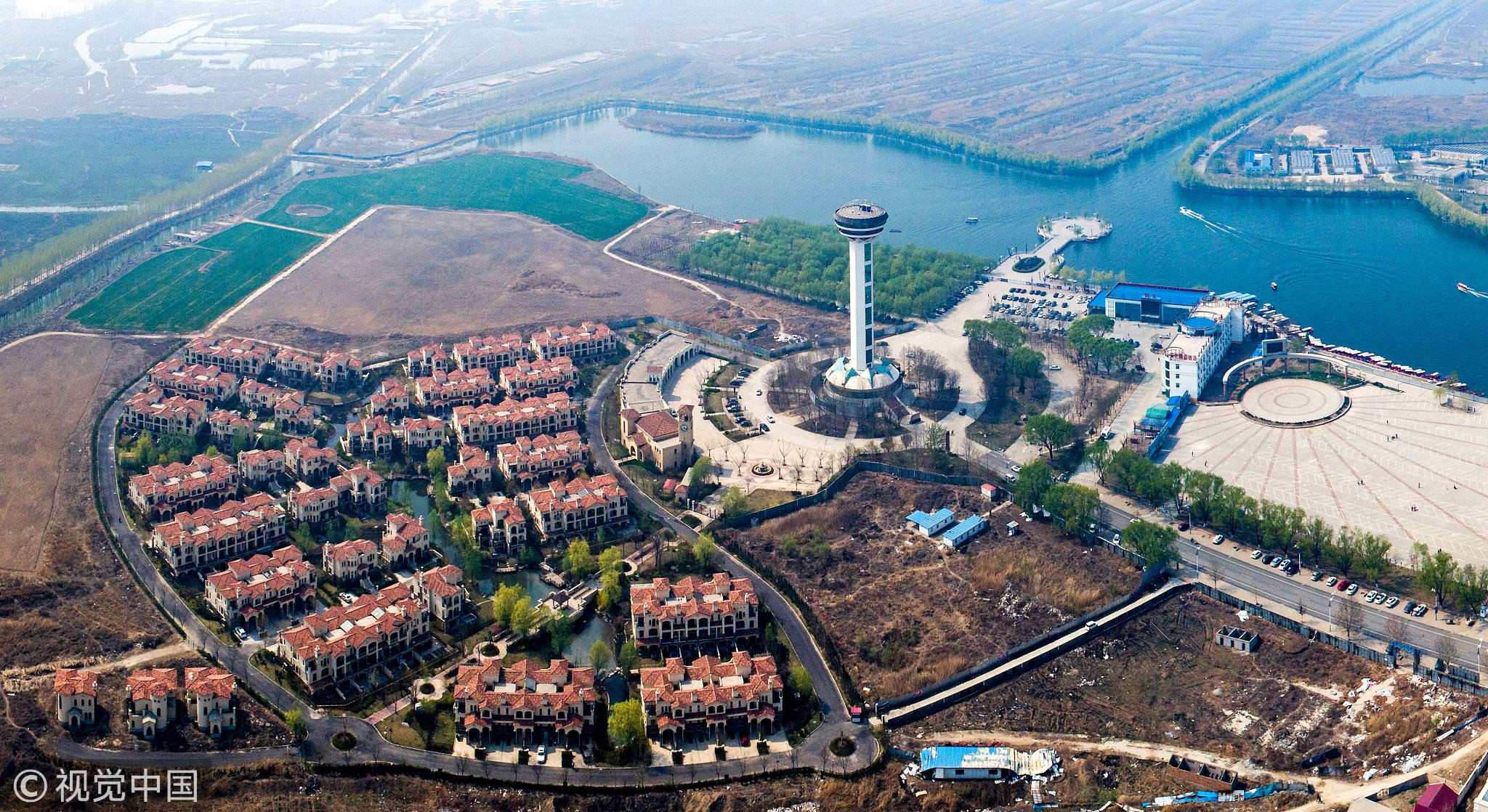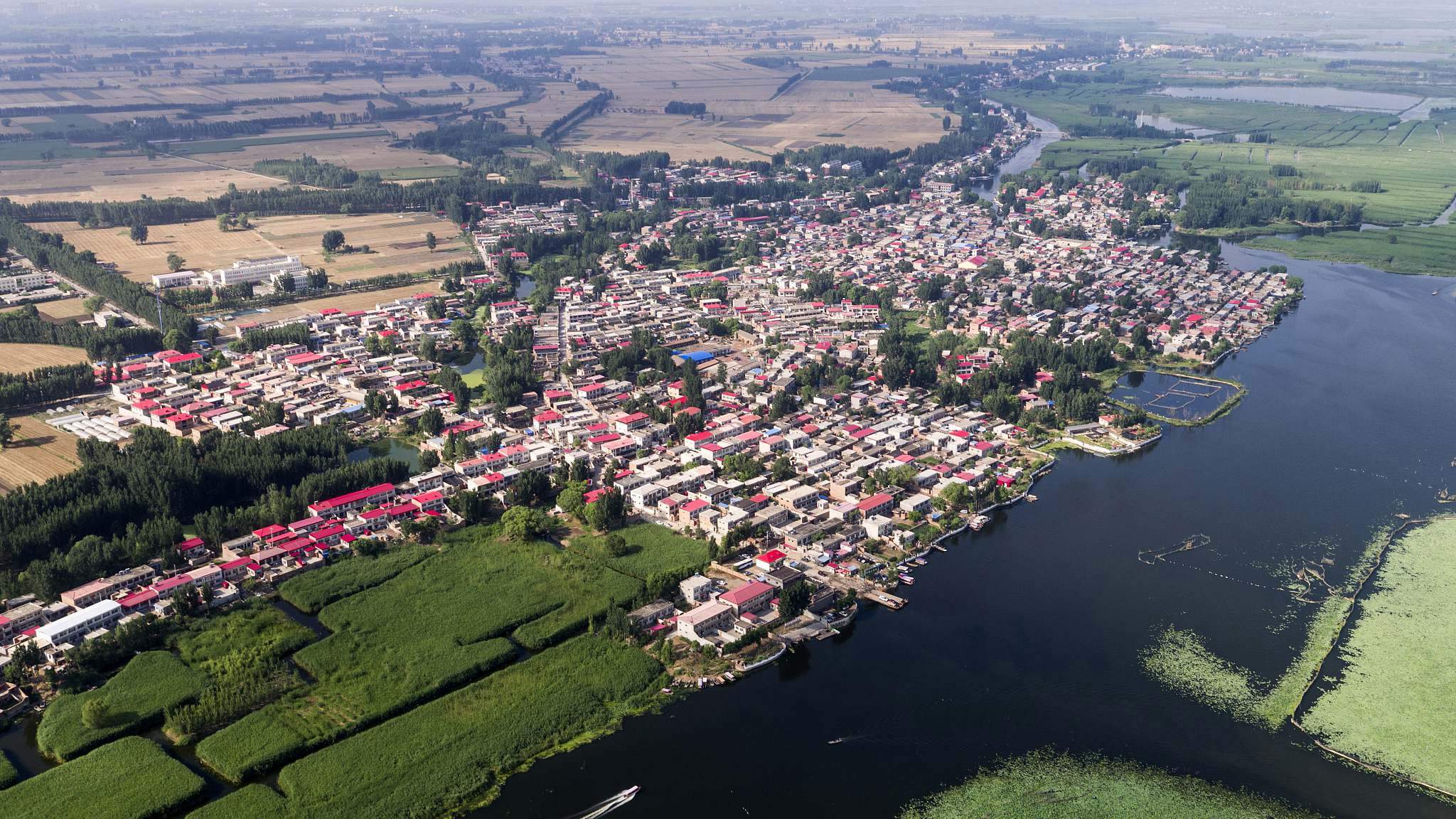
Opinions
23:07, 21-Apr-2018
Opinion: The master plan for the future development of Xiongan New Area
Guest commentary by Liu Chunsheng

Xiongan New Area has always been the focus of China since its establishment was announced on April 1, 2017. Now that the master plan has been approved it symbolizes a key step forward in the construction of the New Area.
Since last year, 12 top planning and design teams from China and overseas, including more than 300 world-class experts, have participated in the process of drawing up the planning framework of Xiongan New Area and revised it over and over again.
The planning is a huge innovative and systematic job, where experience, method, and result are desired assets. Planning first in the strategic layout reflects the rigorous and prudent attitude of the central government for the construction of the new area.
Xiongan is a new economic zone with national significance after the Shenzhen Special Economic Zone and the Pudong New Area. It is considered to be of lasting importance for the millennium to come.

Xiongan New Area /VCG Photo
Xiongan New Area /VCG Photo
Therefore, comprehensive and detailed investigations into the city’s overall management, ecological system, environment, industry, transportation, talent resources and scientific and technological foundation have to be implemented. Investigations and scientific planning should also be based on the goal, speed, priority, and standard of the construction to avoid duplication and waste, and meet expectations at the most reasonable cost.
Moreover, the Xiongan New Area will embrace the most advanced science and technology, the smartest management of a city, high-end industries and the most livable environment. It’s like drawing a blueprint on a blank paper. Planning is indispensable toward the success of Xiongan.
The master plan indicates the direction, rhythm and principles within the construction of the new area, according to which, Xiongan will strengthen integration with Beijing, Tianjin and other cities in Hebei Province, and reallocate its function with the Beijing Capital Area and Beijing's sub-center to achieve coordinated development.

Xiongan New Area /VCG Photo
Xiongan New Area /VCG Photo
The mater plan aims to build a world-leading smart city, set up intelligent transportation networks, create a high-quality ecological system and green area. Develop high-tech industries and high-end service industries, establish platforms for innovation, foster a modernized city security system, gather top talents and provide efficient and effective public services in the new area.
The plan also points out that large scale real estate development will be banned, undertaking the low-end manufacturing and service industry will be restricted, the local ecology will be protected, boundaries of urban development and permanent farmland will also be strictly protected and in principle, no high mansions will be built.
The existing infrastructure in Xiongan is weak but it has great potential for future development. With the release of the master plan, 2018 will see a gradual transition from planning to implementation in construction of the new area and the pace will be accelerated significantly especially in the transportation networks. The stock of relative listed companies in A-share market should be given enough attention from the investors.
According to an estimation from Morgan Stanley, Xiongan New Area will boost investment and economic growth throughout the country. It is expected that in the next 10-20 years, the population will reach 340-670 million, with a total investment of up to 2.4 trillion yuan, which will promote GDP growth by 0.39% each year.
Increasing SOEs, Internet giants, high-tech enterprises, financial firms, talents, universities and research institutions will enter the place, more new technologies will emerge in Xiongan, the environment and ecology will be improved and continuous institutional innovation will happen in the next couple of years.
With orderly implementation of the plan, a bright future can be expected in Xiongan New Area.
(Liu Chunsheng is an associate professor of Central University of Finance and Economics as well as deputy dean of Blue Source Capital Research Institute. The article reflects the author’s opinion, and not necessarily the views of CGTN.)

SITEMAP
Copyright © 2018 CGTN. Beijing ICP prepared NO.16065310-3
Copyright © 2018 CGTN. Beijing ICP prepared NO.16065310-3